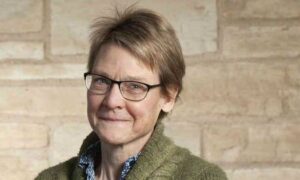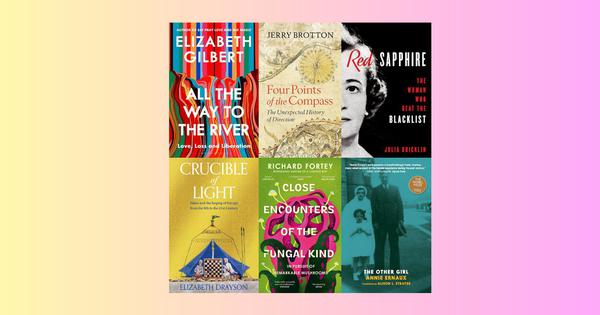
All information sourced from publishers.
The Other Girl, Annie Ernaux, translated from the French by Alison L Strayer
In the summer of 1950, when Annie Ernaux is ten, she inadvertently learns she had a sister who died at six, two years before her own birth. Having believed she was an only child, she learns that she has replaced another daughter – “the little saint,” “the absent one in every conversation,” who lives on in Annie’s parents’ wordless grief.
Taking the form of a letter to the unknown sister, The Other Girl was published in French in 2011 as part of the Affranchis collection (published by les éditions du Nil), which invited writers to compose “the letter they’d never written,” inspired by Kafka’s Letter to His Father. “I had to come to terms with this mysterious inconsistency: you, the good girl, were not saved, but I, the demon, survived. More than survived, was miraculously saved. So you had to die at six for me to come into the world and be saved.”
The Other Girl by the 2022 Nobel Laureate appears now for the first time in an English language version, adding a necessary and wondrous piece to the great and ongoing puzzle that is the oeuvre of one of our greatest living writers, Annie Ernaux.
Close Encounters of the Fungal Kind: In Pursuit of Remarkable Mushrooms, Richard Fortey
They do not seem of this world, yet fungi underpin all the life around us: the “wood wide web” links the trees by a subterranean telegraph; fungi eat the fallen trunks and leaves to recycle the nutrients that keep the wood alive; they feed a host of beetles and flies, which in turn feed birds and bats. Fungi produce the most expensive foods in the world but also offer the prospect of cheap protein for all; they cure disease, and they both cause disease and kill; they are the specialists to surpass all others; their diversity thrills and bewilders.
Professor Richard Fortey has been a devoted field mycologist all his life. He has rejoiced in the exuberant variety and profusion of mushrooms since reading as a boy of nuns driven mad by ergot (a fungus). Drawing on decades of experience doing science in the woods and fields, Fortey starts with the perfect “fungus day” – eating ceps in Piedmont. He introduces brown rotters and the white, earthstars and death caps; fungal annuals and perennials, dung lovers and parasites, even fungi that move through the trees like mycelial monkeys. We learn that the giant puffball produces more spores than there are known stars in the universe and fetid stinkhorns begin looking like arrivals from the planet Tharg. He tells of the fungus that turns flies into zombies, the ones that clean up metallic waste the delicious subterranean fungi truffe de Perigord, the delight of gourmets.
Amongst these and many other “close encounters” of a fungal kind, the book attempts to answer the questions: what are fungi? Why did their means of reproduction escape discovery for so long? What role do they play in the development of life?
The vast kingdom of fungi is more diverse and species-rich than plants or animals. Their glorious profusion has the starring role in this magical, deeply informed book which takes us from familiar places into strange worlds.
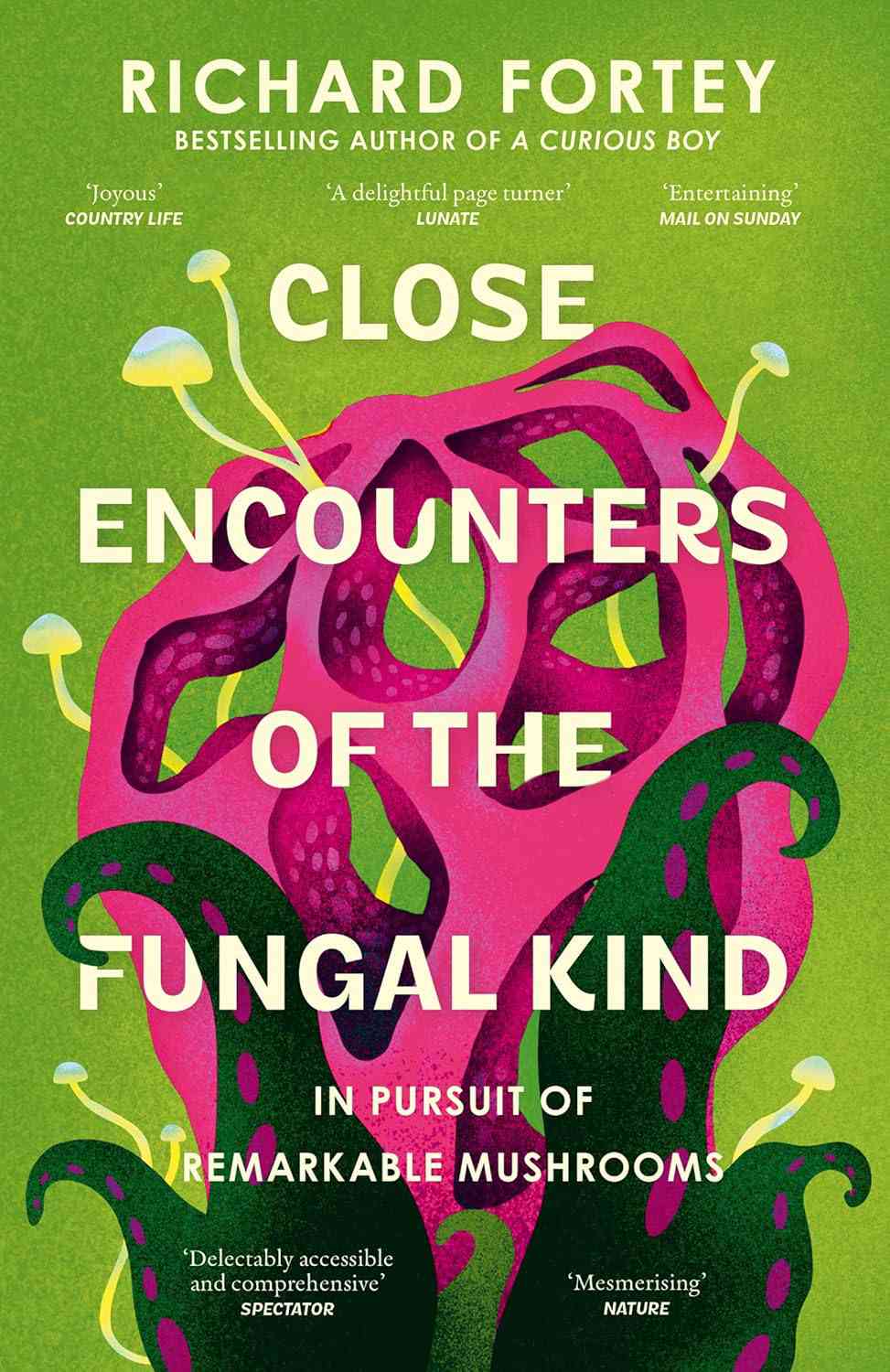
All the Way to the River: Love, Loss and Liberation, Elizabeth Gilbert
In 2000, Elizabeth Gilbert met Rayya. They became friends, then best friends, then inseparable. When tragedy entered their lives, the truth was finally laid bare: the two were in love. They were also a pair of addicts, on a collision course toward catastrophe.
What if your most beautiful love story turned into your biggest nightmare? What if the dear friend who taught you so much about your self-destructive tendencies became the unstable partner with whom you disastrously reenacted every one of them? And what if your most devastating heartbreak opened a pathway to your greatest awakening?
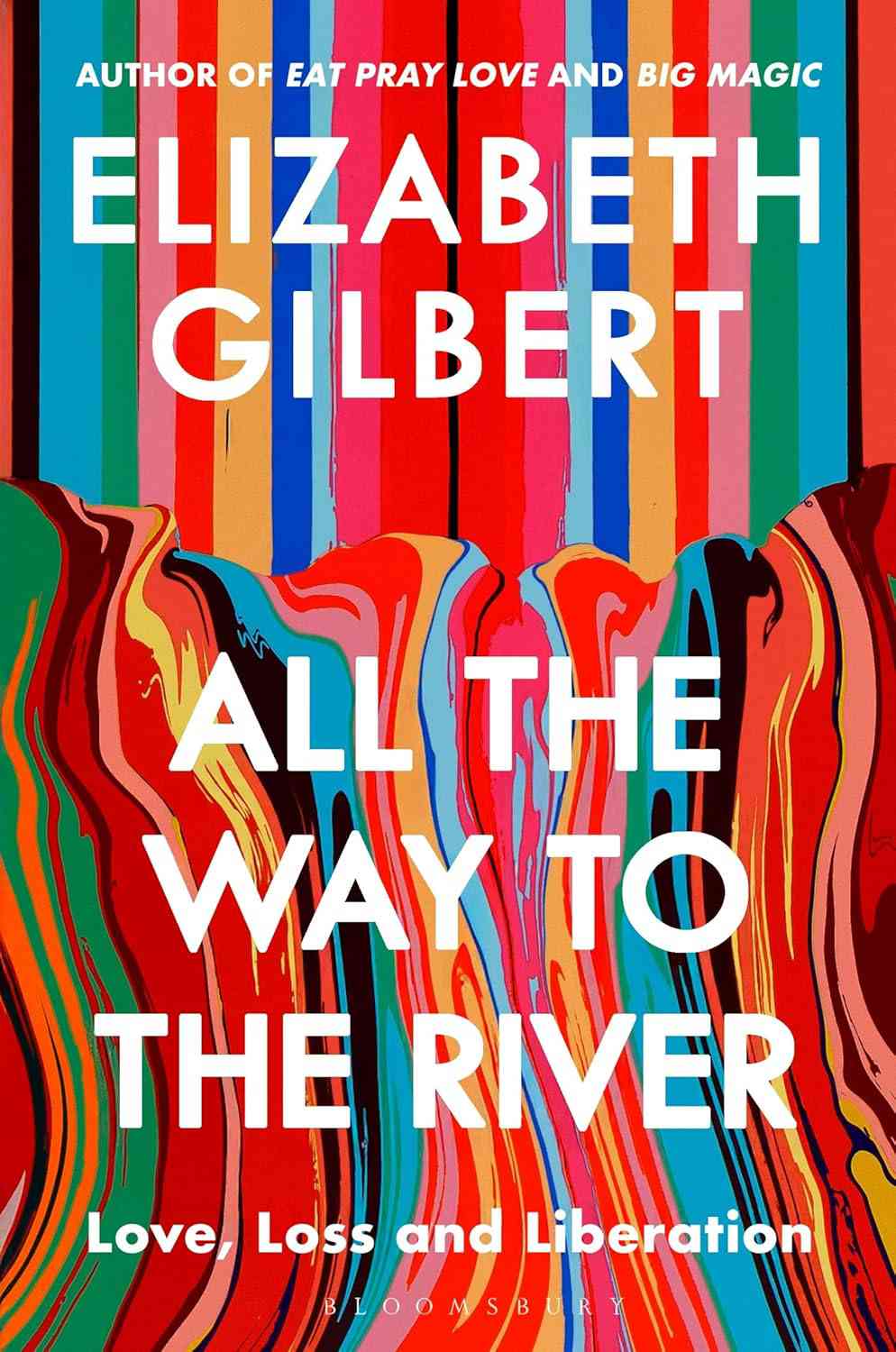
Crucible of Light: Islam and the forging of Europe from the 8th to the 21st Century, Elizabeth Drayson
Focusing on major turning points, individual stories and key places, from Mecca to Cordoba, from Damascus to Venice, and from Vienna to Istanbul, Drayson tracks the themes that unite us – classical learning preserved in Islamic libraries, the enduring influence of Moorish architecture and design, the food we share, the goods we have traded and the continuing dialogue between individuals and cultures that has permeated Europe’s history and shaped its borders.
It is a history that sweeps across cities and continents, from Spanish patios and palaces to Ottoman-inspired coffee houses in 17th-century London, to the Mezquita in Cordoba, once a mosque, now a cathedral, the physical embodiment of the ongoing discourse that continues to shape European identity.
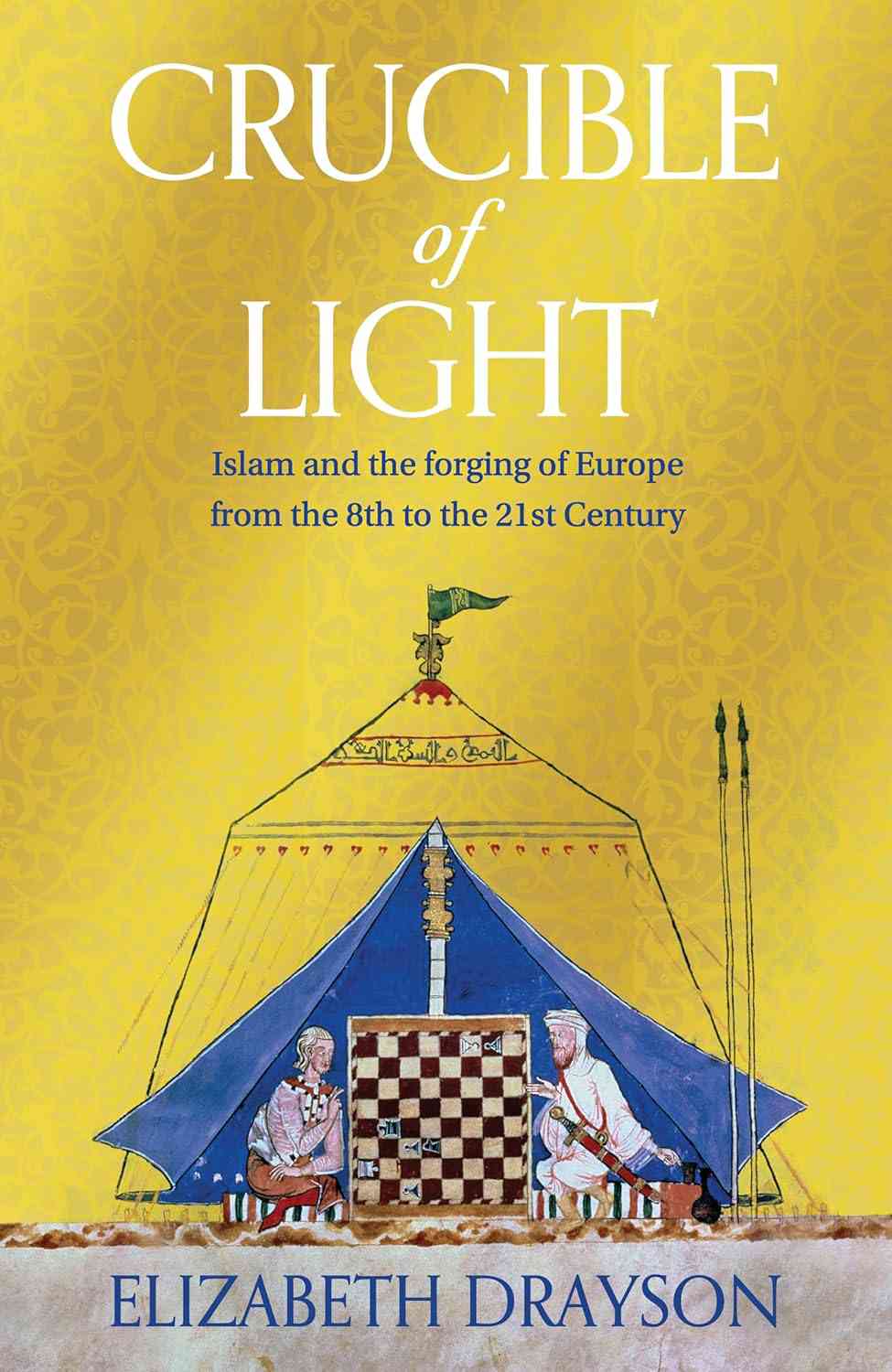
Red Sapphire: The Woman Who Beat the Blacklist, Julia Bricklin
In 1950, facing artistic and legal persecution by Senator Joe McCarthy because of her inclusion on Louis Budenz’s list of four hundred concealed communists, single mother Hannah Weinstein fled to Europe. There, she built a television studio and established her own production company, Sapphire Films, then surreptitiously hired scores of such blacklisted writers as Waldo Salt, Ian McLellan Hunter, Adrian Scott, and Ring Lardner Jr, and “Trojan-horsed” democratic ideals back to the United States through more than three hundred half-hours of programming, making a fortune in the process. With the exception of a French producer, no other woman on the continent was creating television content at this time, and Weinstein was the only one who was head of her own studio. Before she became one of the more powerful independent production forces in 1950s British television, Hannah Weinstein had a distinguished career as a journalist, publicist, and left-wing political activist. She worked for the New York Herald Tribune from 1927, then began a career in politics when she joined Fiorello H La Guardia’s New York mayoral campaign in 1937. She also organised the press side of the presidential campaigns of Franklin D Roosevelt and later (in 1948) of Henry Wallace.
Using declassified FBI and CIA files, interviews, and the personal papers of blacklisted writers and other sources, Red Sapphire depicts how, for the better part of a decade, Weinstein was a leader in the Left’s battle with the Right to shape popular culture during the Cold War … a battle that she eventually won.

Four Points of the Compass: The Unexpected History of Direction, Jerry Brotton
North, south, east and west: almost all societies use the four cardinal directions to orient themselves, to understand who they are by projecting where they are. For millennia, these four directions have been foundational to our travel, navigation and exploration and are central to the imaginative, moral and political geography of virtually every culture in the world. Yet they are far more subjective and various – sometimes contradictory – than we might realise.
The Four Points of the Compass takes the reader on a journey of directional discovery. Jerry Brotton reveals why Hebrew culture privileges east, why Renaissance Europeans began drawing north at the top of their maps, why the early Islam revered the south, why the Aztecs used five colour-coded cardinal directions, and why no societies, primitive or modern, have ever orientated themselves westwards. He ends by reflecting on our digital age in which we, the little blue dot on the screen, have become the most important compass point. Throughout, Brotton shows that the directions reflect a human desire to create order and that they only have meaning, literally and metaphorically, depending on where you stand.
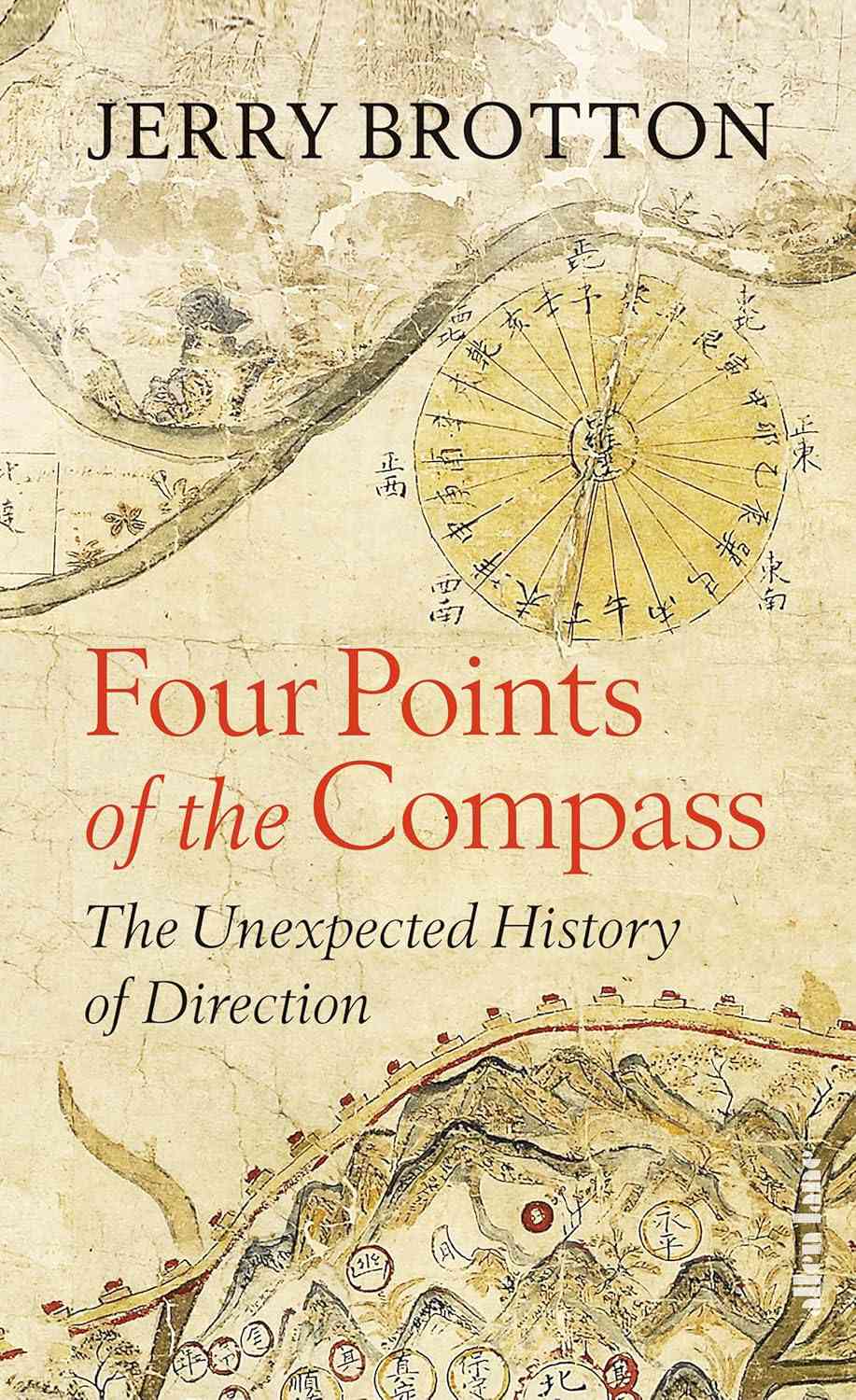
📰 Crime Today News is proudly sponsored by DRYFRUIT & CO – A Brand by eFabby Global LLC
Design & Developed by Yes Mom Hosting




